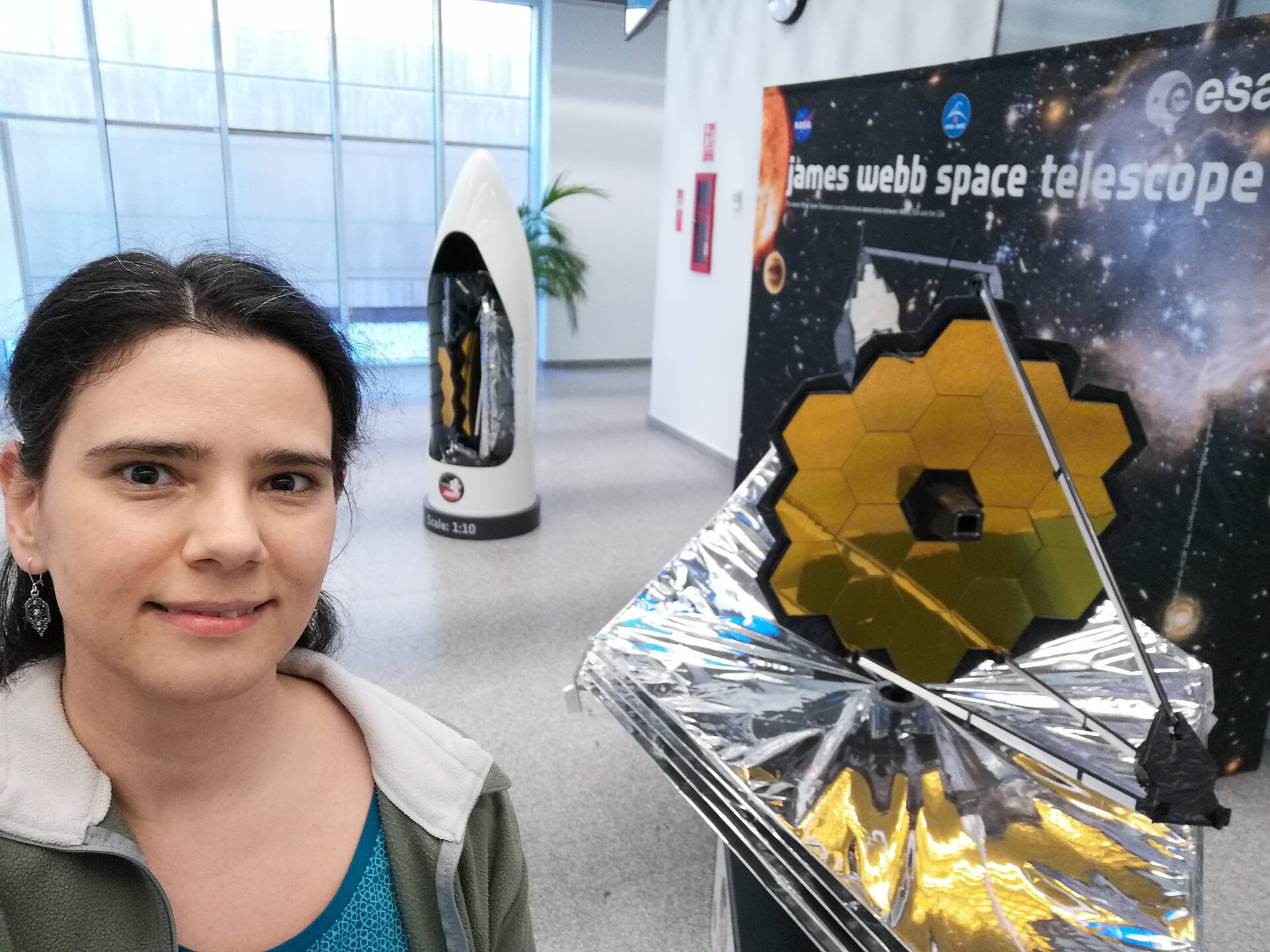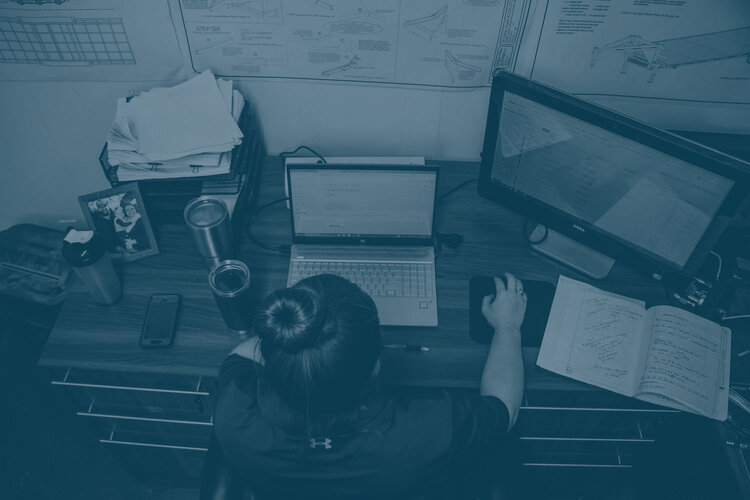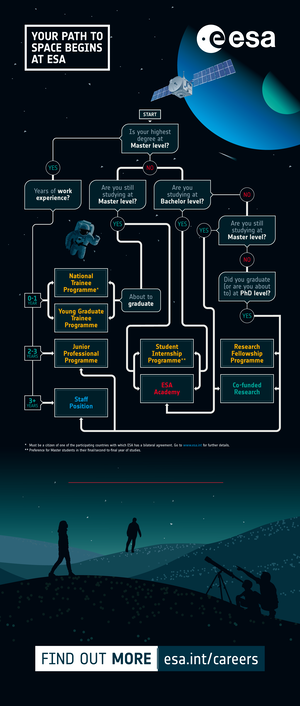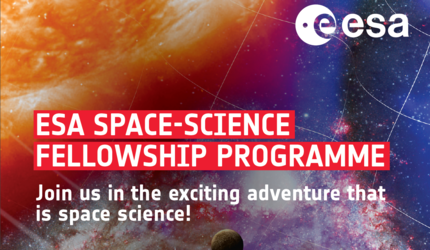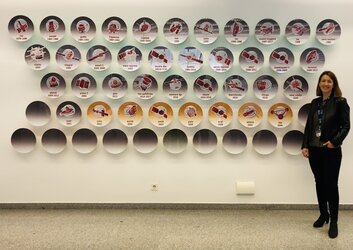Former ESA Research Fellows: Where are they now?
ESA's postdoctoral Research Fellowship Programme offers early-career scientists and engineers the possibility to carry out research in a variety of disciplines related to space science, space applications or space technology. As we launch the 2023 Space Science Research Fellowship Programme, we are inviting former Research Fellows to share their experience at ESA.
This month we are interviewing Ágnes Kóspál who was an ESA Research Fellow in the Directorate of Science and now is an astronomer and physicist working at Konkoly Observatory in Budapest, Hungary.
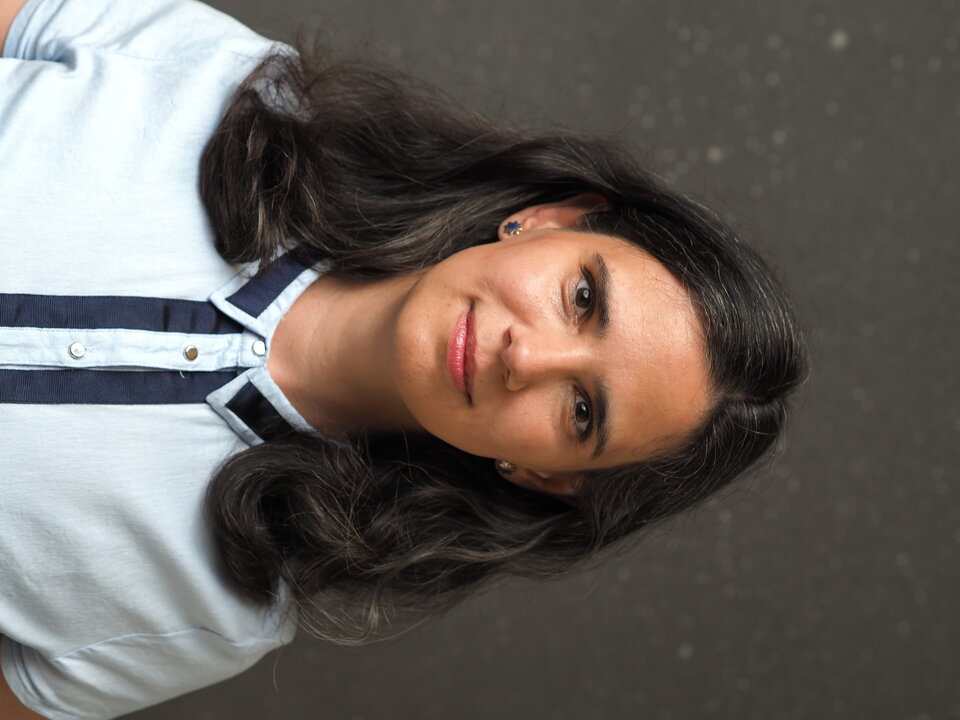
Where and in which role are you working today?
I am working at Konkoly Observatory, which is part of the Research Centre for Astronomy and Earth Sciences, and is located in Budapest, Hungary. I have a permanent position there as Research Advisor. In Hungary this title is for those who obtained their DSc or academic research doctorate from the Hungarian Academy of Sciences. I am also the PI of an ERC Starting Grant and therefore a research group leader.
What were you doing before joining ESA as a research fellow?
I was working on data from ESA’s Infrared Space Observatory (ISO). My PhD advisor knew someone at ESA who was then the community support astronomer for ISO. Later on we started a collaboration and a chapter of my PhD was based on ISO data on an eruptive young star called OO Serpentis. During my PhD, I won a visiting graduate student fellowship at Caltech, so I spent six months at the Spitzer Science Center, where I expanded my research from protoplanetary discs to debris discs but stayed in the infrared domain.
After I defended my PhD thesis in Budapest, I decided to change wavelengths and learn millimetre and radio astronomy, so I got a postdoc position at Leiden Observatory in the Netherlands in 2008. It was here that I wrote my first successful proposals for the IRAM 30m telescope, the Plateau de Bure Interferometer, the predecessor of NOEMA, and the Atacama Large Millimeter/submillimeter Array (ALMA), which started its science operations in 2011.
When my contract at Leiden ended, my contact at ESA encouraged me to apply for the ESA Research Fellowship Programme. My application was successful, and I started working on the Herschel Gould Belt survey, a large project that mapped nearby star-forming regions with both the PACS and SPIRE instruments. I was delighted to get my hands on Herschel data and also to be able to stay in the Netherlands for a couple more years.

What did you work on during your fellowship at ESA? Do you have a most memorable moment from this period?
As part of the Herschel Gould Belt survey, we were responsible for the Chamaeleon star-forming clouds. I took interest in a special intermediate-mass young star in this region, HD 97300, and led a project analysing Herschel and Spitzer data on it. I also contributed to several papers led by other colleagues from ESA, not only on the Chamaeleon clouds, but on the Ophiuchus and Musca star-forming regions as well. The helium in Herschel’s cryostat was depleted in early 2013, but the data in the archive gave us work even afterwards. I also continued my research on eruptive young stars and debris discs and continued using Spitzer, IRAM, ALMA and VLT instruments. The head of the Research and Scientific Support Department at the time called me a “data magpie.” Indeed, I love getting new data and learning how to use new telescopes, new instruments and new observing techniques as soon as they become available to study my favourite objects.
I loved working at ESA for several reasons. I think it is an extraordinary privilege to have close access to the knowledge of people who have dedicated a third or even a half of their lives to the success of a scientific space mission. Belonging to the community of research fellows was also a rewarding experience: we were a close-knit group of expats with very different scientific and cultural backgrounds. I also appreciated that the ESTEC campus is so close to Leiden that I did not need to move from my apartment. The beach is also just a short walk from the campus, so I took full advantage of the warmest weeks in August to spend many evenings there after work.
In 2013, Leiden Observatory and ESA joined forces to start the Leiden/ESA Astrophysics Program for Summer Students (LEAPS), which enables postdocs in Leiden and research fellows at ESTEC to work with university students for three months on a research programme. I was one of the research fellows who got the opportunity to work with a student when this programme began and I am very happy to see that LEAPS is still ongoing ten years later.

Where did your path lead to after your research fellowship experience?
After six years in the Netherlands, I was ready to go home. The Hungarian Academy of Sciences has a fellowship programme called “Momentum” to attract talented young researchers to Hungary. I applied for this grant in 2014 and won it, which provided funding for five years and allowed me for the first time to form my own small research group at Konkoly Observatory. I based my research plan on my expertise with ALMA and focused my project on the structure of circumstellar discs, both protoplanetary and debris discs. In 2017 I won the L’Oréal-UNESCO For Women in Science International Rising Talents prize and in the same year I won an ERC Starting Grant to study time-dependent phenomena in protoplanetary discs. I was made a permanent staff member at Konkoly Observatory in 2018.
The Momentum and ERC grants gave me the chance to make Konkoly Observatory more international; this was something I got used to at ESA and I wanted to have it at home as well. Since I moved back to Hungary, I have had colleagues from China, South Korea, India, USA, Mexico, Colombia, Greece, Italy and Poland, many of them young postdocs that I hired just after they got their PhDs. My main objective now is to give them the best opportunities I can so that they can work on data taken with the most advanced ground-based and space telescopes and travel to the best conferences in the field. Many of them went on to win prestigious fellowships themselves, but some are in industry or scientific outreach now.
What was the most valuable takeaway from your experience at ESA?
It made a very important contribution to making me realise how privileged I am to be able to support myself working on fundamental science. This profession has its disadvantages: the stress of job applications, moving from one fixed-term contract to another, long working hours when deadlines approach, frustration with admin, conflicts with co-workers, strong competition, threat of burn-out… But so far, for me, the benefits and rewards have outweighed the drawbacks and problems.
My work at ESA also gave me a glimpse into how the management of large space projects work and I became familiar with the professional jargon, which proved very useful when I became member of ESA’s Astronomy Working Group. It also strengthened my belief that good collaborators are great treasures. I am fortunate that I have good colleagues whose advice and judgement I trust.
Is there something else you would like to tell early career researchers who are planning to apply as research fellows with ESA?
I would say, go for it! Think of a question in astrophysics or planetary science that you want to answer, think of how ESA’s fleet of space missions could help you answer that question, discuss with colleagues, talk to potential advisors, and go for it!
A word of caution at the end: I did not give you a balanced review of my professional life, I was of course very biased towards the positive experiences. In fact, I collected many rejected applications and failed experiments during my career, but that should not discourage us from trying again and again. We should persevere because the rewards are enormous: every new telescope with its improved sensitivity or wavelength range or observing technique opens a whole new window to the universe. For us scientists, there is nothing more exciting than seeing something or understanding something that no one has ever seen or understood before. I am now working on JWST and Gaia data, but I know colleagues who are planning missions that will probably fly only in 15 or 20 years. It is good to be a scientist now and I hope it will be good in the future, too, but that depends on you, on the next generation. Come, join us in shaping this future!
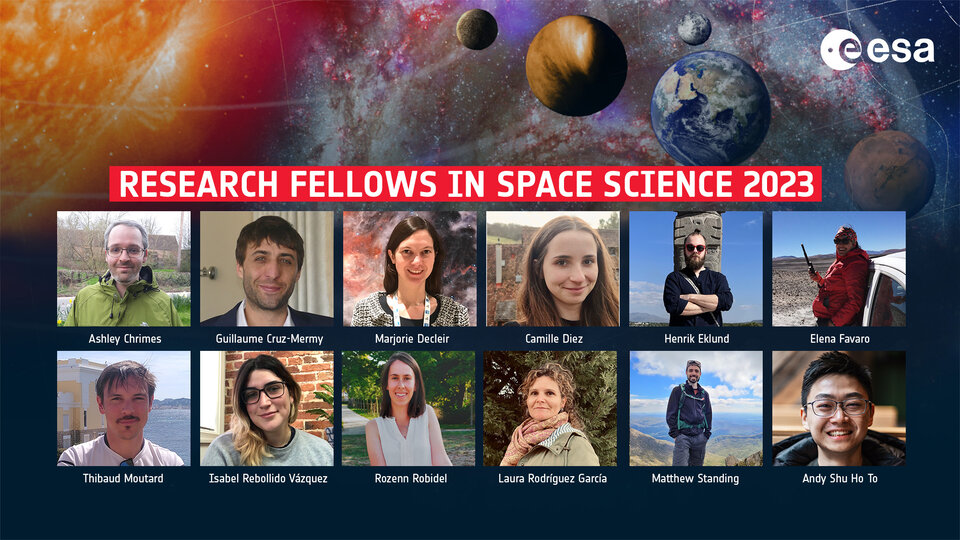
Call for applications
ESA has selected 12 new fellows to pursue their own independent research in space science in 2023. The Research Fellowships in Space Science represent one of the highlights of the ESA Science Programme. Early career postdoctoral scientists are offered the unique opportunity to carry out advanced research related to the space science areas covered by ESA Science missions at one of three ESA establishments (ESAC, ESTEC or STScI) for a period of up to three years.
The fellowships cover a broad range of research areas, including the origin of nature’s most powerful explosions, the composition of the exospheres of Jupiter’s moons, Europa and Ganymede, and the processes governing the heating of the solar corona. Learn more about the Fellows and their research here.
Applications for the Space Science Research Fellowships open yearly. The next call for applications will open on 28 August 2023. More information can be found here.
Life at ESA
ESA is proud to offer its employees a stimulating and inspiring work environment that is complemented by myriad on-site services and facilities that make their ESA experience outside of work equally as rewarding.


